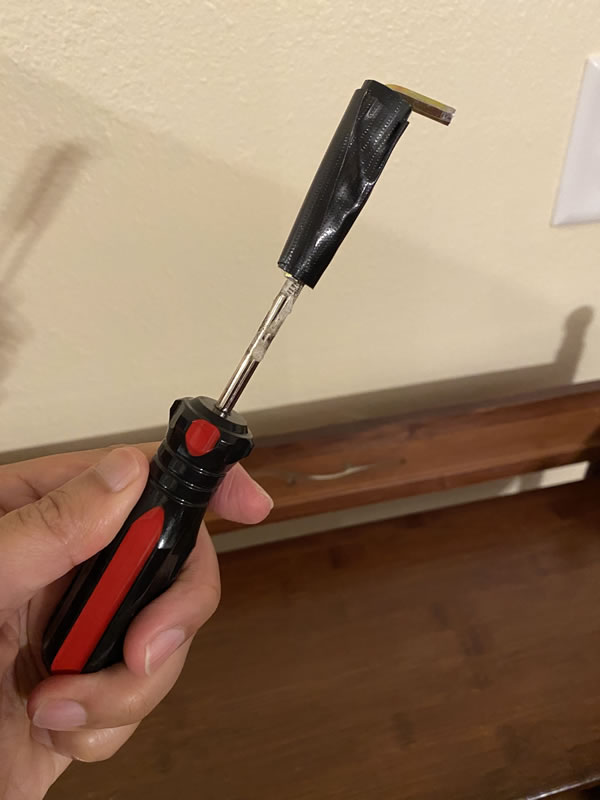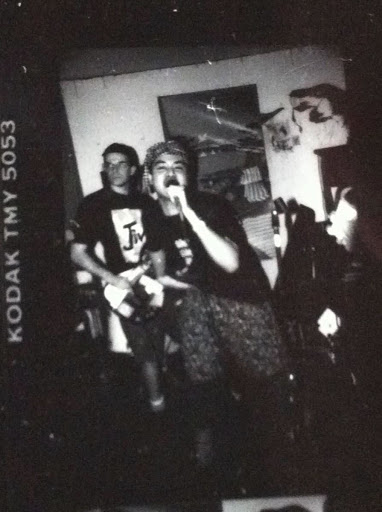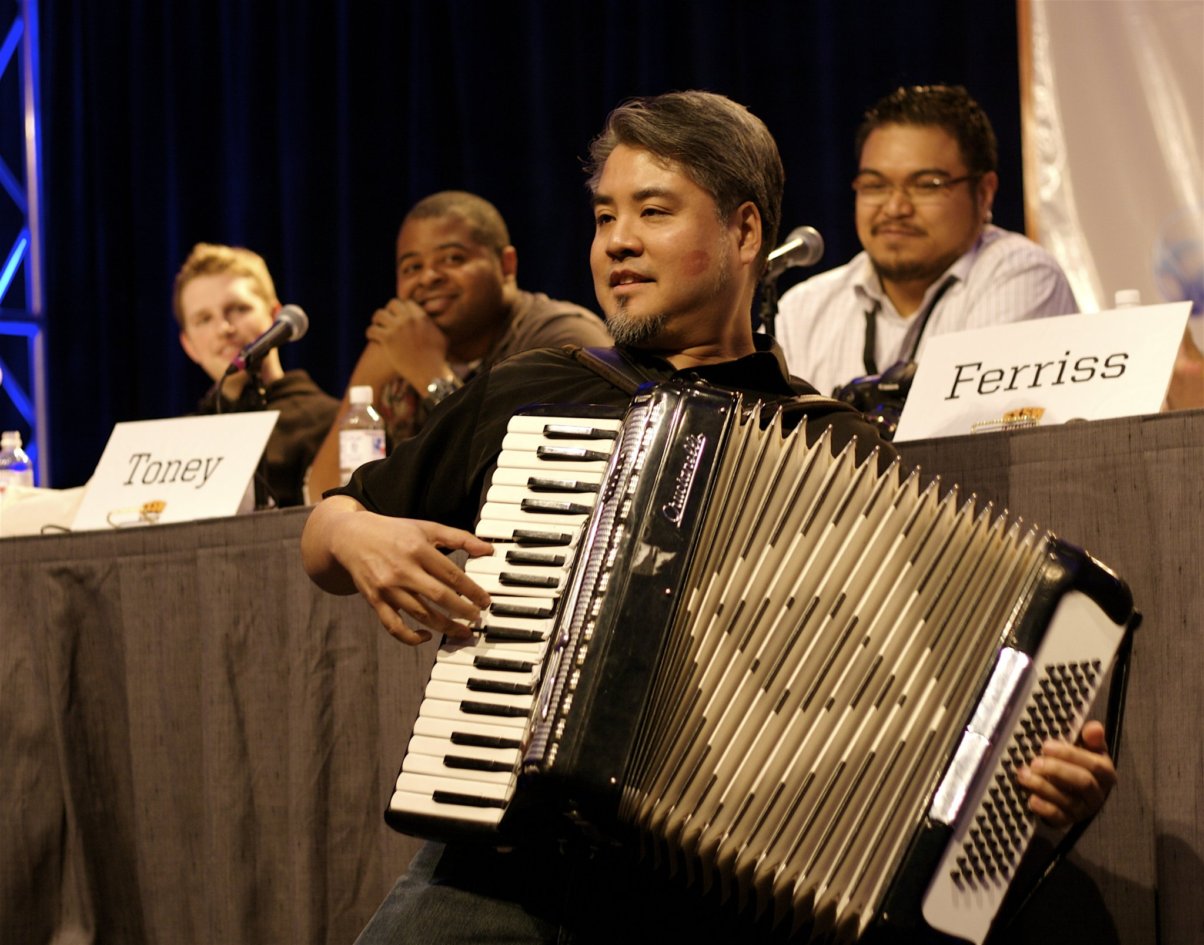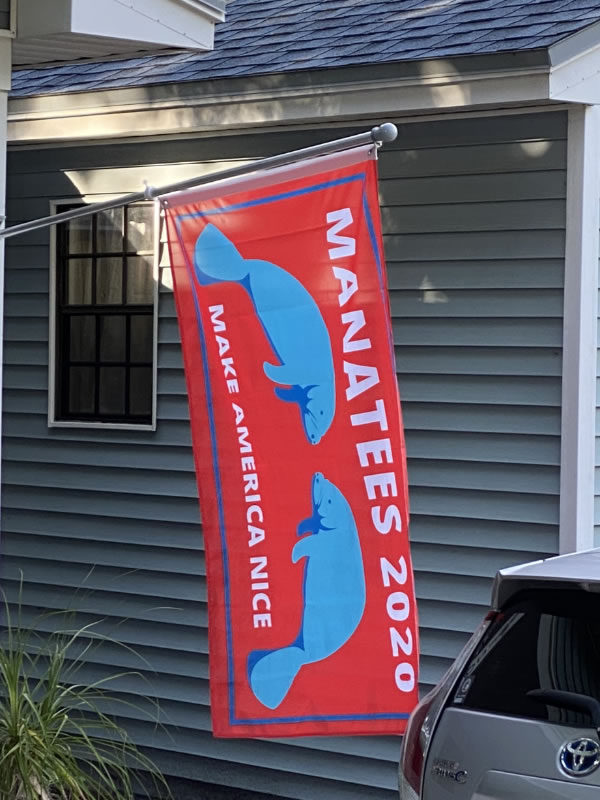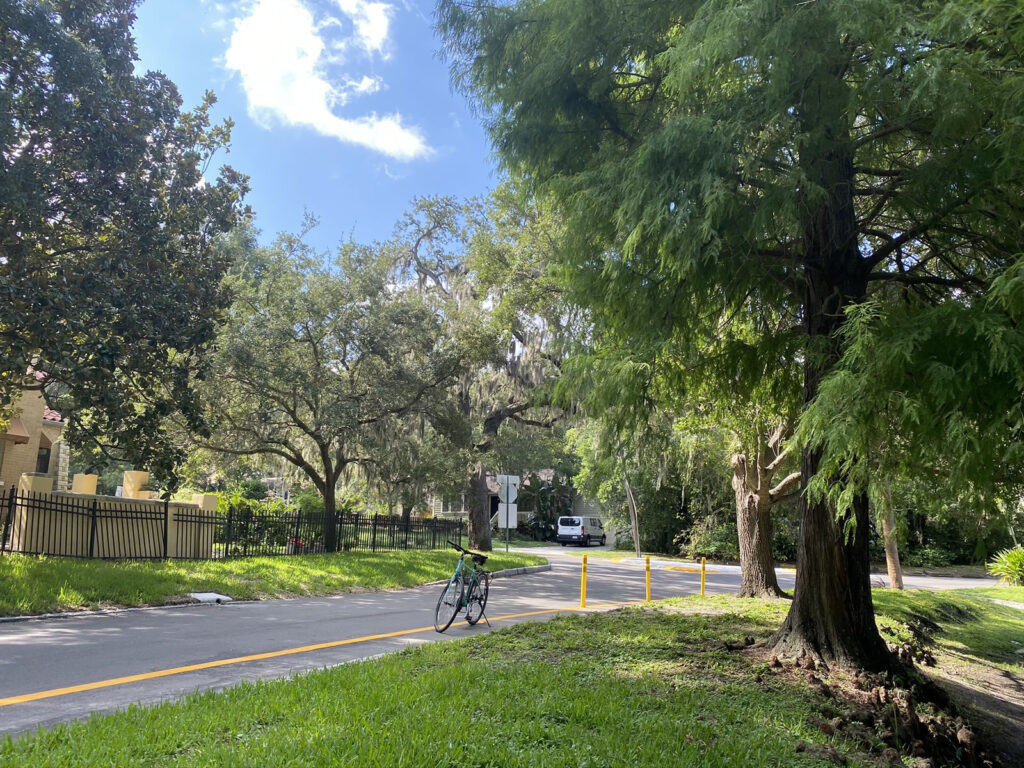
 I’ve managed to not put on the “Quarantine Fifteen” by doing a 10K bike ride at least five days a week since March. In fact, I’ve lost a little weight over the past couple of months. I’m fortunate to be in a fantastic neighborhood for cycling — lots of tree-lined streets with interesting houses to look at, the Hillsborough River cutting an inverted “U” through the area, and parks all over the place.
I’ve managed to not put on the “Quarantine Fifteen” by doing a 10K bike ride at least five days a week since March. In fact, I’ve lost a little weight over the past couple of months. I’m fortunate to be in a fantastic neighborhood for cycling — lots of tree-lined streets with interesting houses to look at, the Hillsborough River cutting an inverted “U” through the area, and parks all over the place.

The 2020 Saharan dust cloud has also made the weather a little drier than usual. Normally, during this time of year, we get either hurricanes, or the typical tropical “rainy season” weather where the day starts sunny, followed by a torrential rainstorm in the early afternoon, followed by sun. More than our fair share of days has been mostly sunny. It’s made for some pretty good cycling.

These photos are from a place I’ve written about before: Lake Roberta. I took them from its east side, looking west.

I think it’s a bad idea to ride with headphones on, but I sometimes like listening to podcasts while I bike. So I do the next best thing: I pop my phone in my backpack’s “iPod pouch” and just play it through the phone’s speaker.
I’m currently listening to Over the Road, a podcast where host “Long Haul Paul” Marhoefer, a trucker who’s also a musician and a great storyteller, tells the stories of his fellow long haul truckers, highlighting their experiences and explaining how they’re coping in a world that’s changing as a result of new technologies, new regulations, and changes in the way people live.



